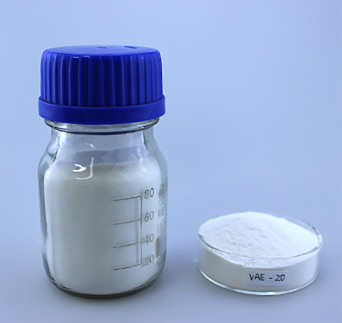
Nov . 25, 2024 22:21 Back to list
Exploring HPMC Applications in Gypsum Products and Their Performance Enhancements
Understanding HPMC for Gypsum Applications
Hydroxypropyl Methylcellulose (HPMC) is a versatile cellulose derivative that has gained significant attention in various industries, especially in construction materials. One of its most notable applications is in gypsum-based products, which are widely used for wall coverings, plastering, and other building materials. This article delves into the benefits and functionalities of HPMC in gypsum applications.
What is HPMC?
HPMC is a non-ionic, water-soluble polymer derived from cellulose, a natural polymer found in the cell walls of plants. Its unique chemical structure allows it to function as a thickener, binder, and film-forming agent, making it suitable for a wide range of applications. In the construction industry, HPMC is primarily used to enhance the properties of gypsum products.
Role of HPMC in Gypsum-Based Products
1. Improved Workability One of the key benefits of adding HPMC to gypsum formulations is the improvement in workability. HPMC increases the viscosity of the mixture, making it easier to apply and spread on surfaces. This is particularly beneficial for plaster and joint compounds, where a smooth finish is desired.
2. Water Retention HPMC significantly enhances the water retention properties of gypsum products. This is crucial as it prevents the premature drying of the mixture, allowing for better curing and hydration of gypsum. Improved water retention leads to stronger final products, as gypsum relies on water for its setting reaction.
3. Open Time Extension In construction, open time refers to the period during which a material can be worked after application. HPMC extends the open time of gypsum products, providing contractors with more flexibility during application. This is especially advantageous in larger projects where multiple layers need to be applied.
hpmc for gypsum

4. Flexibility and Adhesion Gypsum products enhanced with HPMC exhibit improved flexibility and adhesion to various surfaces. This helps in reducing cracking and improves the overall durability of the applied material. Strong adhesion is also essential for preventing delamination in wall finishes.
5. Enhanced Performance in Dry Environments In regions with low humidity, gypsum products can dry too quickly, leading to subpar finishes. HPMC modifies the properties of the mixture to combat this issue, maintaining the workability and performance even in challenging conditions.
Choosing the Right HPMC for Gypsum
When selecting HPMC for gypsum applications, it’s essential to consider the viscosity grade and the degree of substitution (DS). Different formulations may require specific grades of HPMC to achieve optimal performance. High viscosity grades are often preferred for thicker applications, while lower viscosity grades may be suitable for lighter formulations.
Conclusion
The incorporation of Hydroxypropyl Methylcellulose in gypsum products is a game-changer for the construction industry. With advantages such as improved workability, enhanced water retention, extended open time, and superior adhesion, HPMC plays a crucial role in elevating the performance of gypsum-based materials. As construction technologies continue to evolve, the demand for high-quality additives like HPMC is likely to grow, ensuring that the standards of modern building practices are met effectively.
In summary, understanding the functionalities of HPMC in gypsum applications can lead to better product formulations and successful project outcomes. Embracing such innovative materials not only enhances performance but also contributes to the sustainability and efficiency of construction practices.
-
The Widespread Application of Redispersible Powder in Construction and Building Materials
NewsMay.16,2025
-
The Widespread Application of Hpmc in the Detergent Industry
NewsMay.16,2025
-
The Main Applications of Hydroxyethyl Cellulose in Paints and Coatings
NewsMay.16,2025
-
Mortar Bonding Agent: the Key to Enhancing the Adhesion Between New and Old Mortar Layers and Between Mortar and Different Substrates
NewsMay.16,2025
-
HPMC: Application as a thickener and excipient
NewsMay.16,2025
-
Hec Cellulose Cellulose: Multi functional dispersants and high-efficiency thickeners
NewsMay.16,2025







